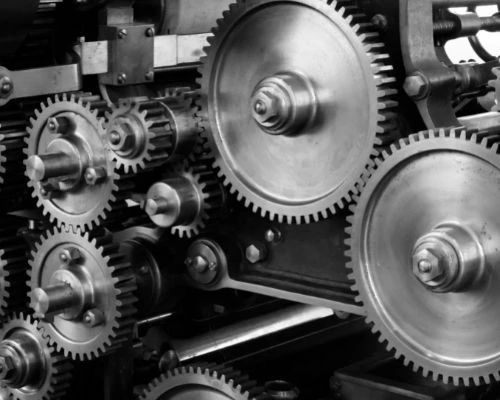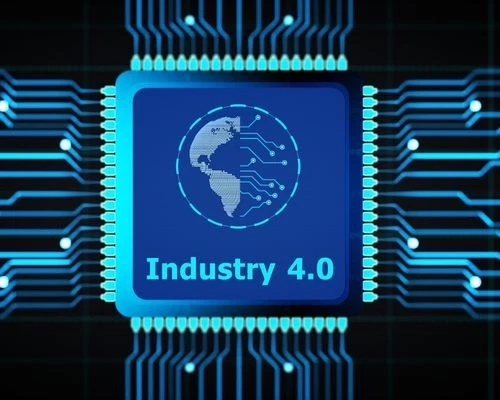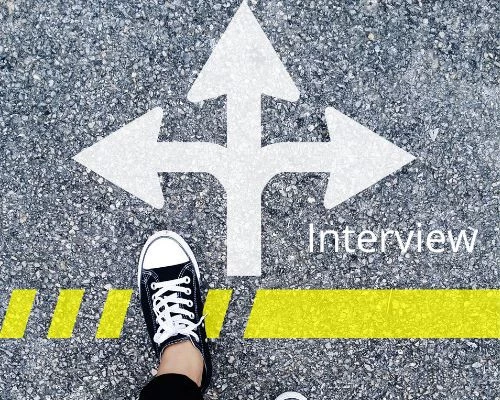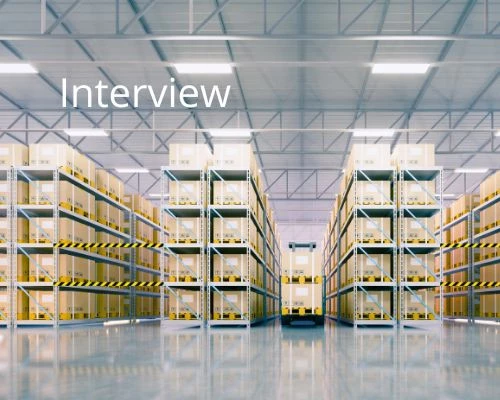Three Ways Manufacturers Are Using Augmented Reality
Add bookmark
While augmented reality has been around since the 1960s when Harvard professor Ivan Sutherland created a head-mounted AR display, it has only been the past decade that it has achieved widespread business use.
The technology uses computer-generated information, such as images or textual information, to overlay reality. This can help workers access further resources or identify how something has changed over time, such as when conducting repairs of a machine.
For instance, a photo showing correct wiring could be overlaid a machine so that a worker could ensure that the equipment is wired according to proper procedure.
Augmented reality is different from virtual reality in that it relies on both real and virtual elements while virtual reality is composed solely of digital ones.
At an online discussion today during IX Network’s Connected Manufacturing Worker conference, Ron Norris, Senior Innovation Leader at Georgia-Pacific and Brook Vickery, Vice President, Manufacturing, Flint Hills Resources talked about ways their organizations were using augmented reality.
#1: Training new employees
As a bulge of baby boomers look set to retire and younger, digitally savvy employees tend to move around more than previous generations, manufacturers need to find ways to systematize and improve the training processes.
That is something that Georgia-Pacific, a forestry services company that produces everything from lumber through to toilet paper, has been looking at.
“We’re struggling with the employees that are a rotating wheel. We bring a new employee in and one or two years later they’re moving on,” said Ron Norris, Senior Innovation Leader at the company.
Covid accelerated this need while simultaneously imposing social distancing restrictions. These challenges lead to thinking about levering new tools to support the company’s training.
“Pandemic-related restrictions, however, accelerated company stakeholders’ thinking about new, scalable, and potentially less expensive ways—technology such as augmented reality (AR) and immersive environments—to train Georgia-Pacific’s papermakers and product developers going forward that wouldn’t necessarily require access to plants or seeing the machinery in action,” explains a Microsoft case study about the company’s training approach.
The resulting training program at Georgia-Pacific, called Quest, incorporated a series of videos, as well as AR and VR elements to give new recruits an immersive learning experience. New trainees can access videos and PowerPoint slide decks, 360-degree virtual tours of facilities, along with podcasts capturing knowledge and insights from long time employees and subject matter experts.
#2: Connect frontline workers with the information and resources to get the job done
Learning does not end once formal training programs are over. Workers are constantly picking up new information and encountering different situations and challenges on the job. When employees would stick with a company would decades, knowledge would accumulate over many years.
But now, Norris says that almost half of his company’s workforce is going to be over 65 years old in the coming years and will soon be retiring. Augmented reality helps to capture the knowledge of these experienced workers and connect new employees with the information they need to do the job.
Norris cites an example of a pump failure. An inexperienced employee may not know how to fix that pump, he says, but they can now go into Matterport, a 3-D platform that the company uses, see the pump’s files, and download the manufacturer’s drawing.
If that does not help them solve the problem, Georgia-Pacific has created a unit called the Collaboration Support Center (CSC). The employee can contact the CSC and get in touch with a subject matter expert who will help them troubleshoot the problem.
#3: Design of new or existing facilities
People are better able to target feedback when they can physically see what a new product design or facility looks like. Flint Hill’s Brook Vickery explains that they model projects in 3D, which allows everyone to walk through the proposed site and point out potential problems or opportunities.
Flint Hills uses Matterport, an application originally developed for the real estate industry, to generate these 3D models. The company has scanned the entire plant onto the Matterport platform. Not only does this give engineers and project planners better insight into existing operations but it enables teams to better collaborate on new projects.
























